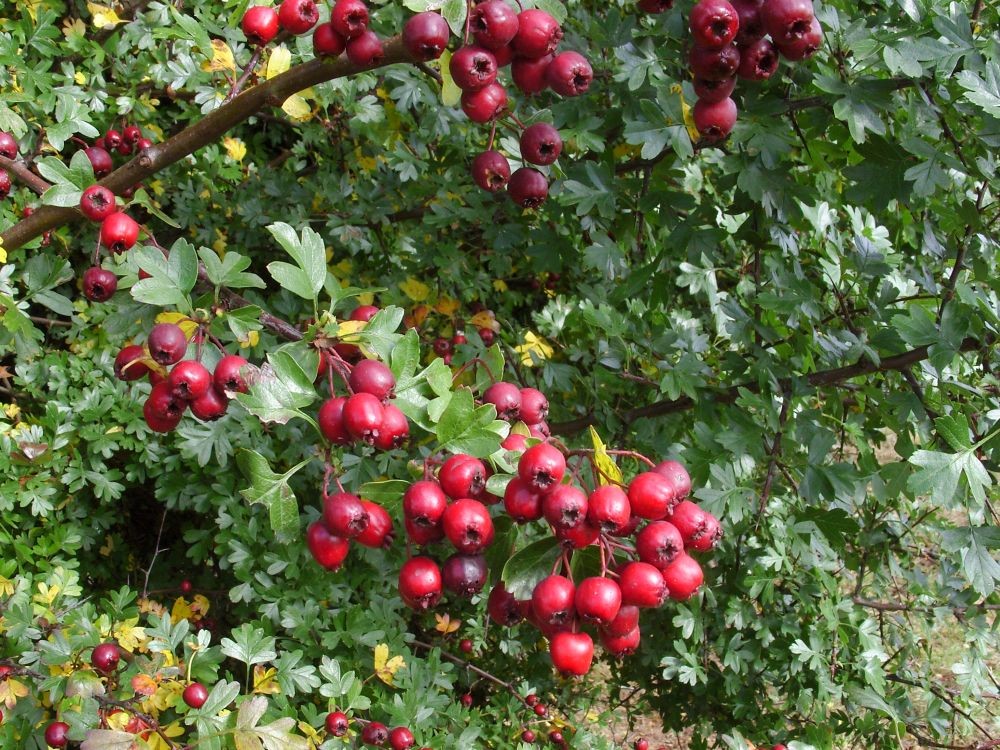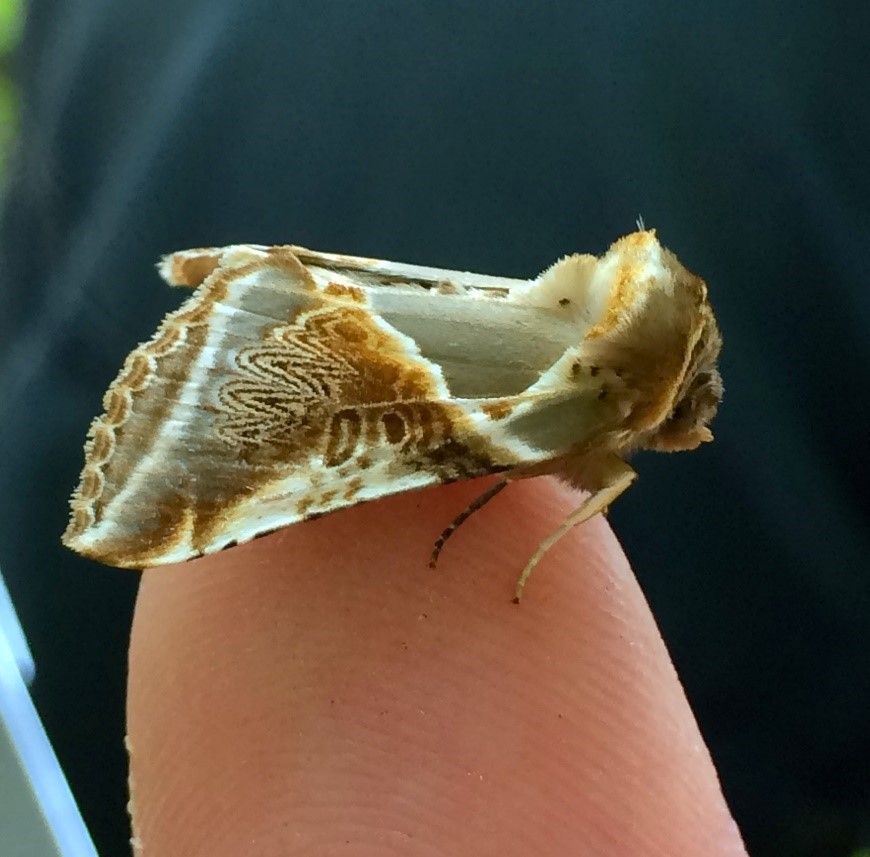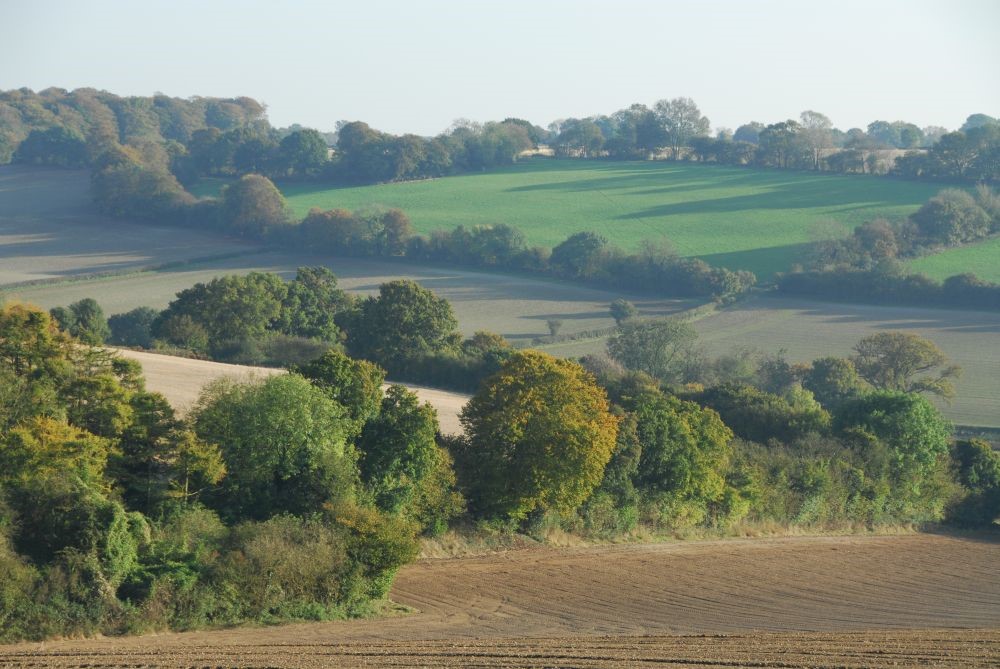News
Why we need trees outside woods
Trees outside woods, such as copses, hedgerows, scattered and urban trees, provide multiple ecosystem services and are incredibly important in today’s human dominated and fragmented landscapes. Yet they face a variety of threats, and optimal management is required to meet the needs of both people and wildlife. WildCRU’s Dr Ruth Feber has been working with the Woodland Trust to help highlight the importance of trees outside woods and the contributions they make to the connectivity and ecological functioning of both rural and urban landscapes. In a research report just published by the Woodland Trust, Ruth summarises evidence from studies in the UK and around the world, and finds the contributions of trees outside woods within the landscape to be overwhelmingly positive, their many roles including facilitating species’ movements, dispersal and gene flow.
WildCRU’s own research on trees outside woods on farmland has also featured in the Woodland Trust’s journal WoodWise. Viewed from the air, lowland farmland is often likened to a patchwork quilt, with arable or grass fields joined together by a network of hedgerows, and interspersed with scattered trees and small copses. The patches of the quilt – the productive fields – are not very hospitable to wildlife. Arable land is characterised by disturbances such as cultivation, pesticide application and harvest, while grass fields are often intensively grazed or mown for silage. In these environments, trees outside woods can offer much-needed resources for wildlife, such as food, shelter and places to breed. Put simply, they play a vital role in helping farmland species to survive.
In her article “Joined-up Thinking” (Woodwise Spring 2017), Ruth highlights WildCRU’s work on moths, which showed how trees outside woods in the form of hedgerow trees may act as ‘stepping stones’, helping moths to cross open, often inhospitable, farm landscapes. The benefits of hedgerow trees were even more striking when they were in more ‘connected’ landscapes, where habitats were enhanced through higher uptake of agri-environment scheme agreements.
There is a wealth of evidence that, to help foster farmland wildlife, habitat diversity needs to be strengthened and increased at a landscape scale. With ever-increasing pressures on land, such measures are needed to protect wildlife populations and increase their resilience, especially in the face of a changing climate. Through agri-environment schemes or other means, the restoration, management and conservation of trees outside woods, from scattered trees and hedgerow trees to copses, patches of scrub and connecting hedgerows, will play a crucial role in helping to achieve this.








